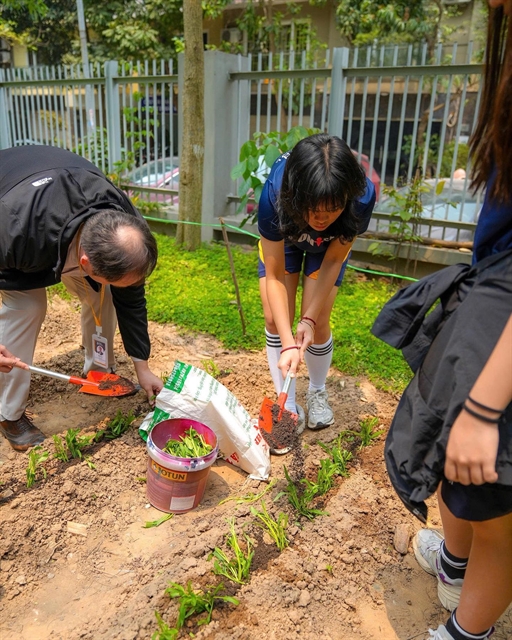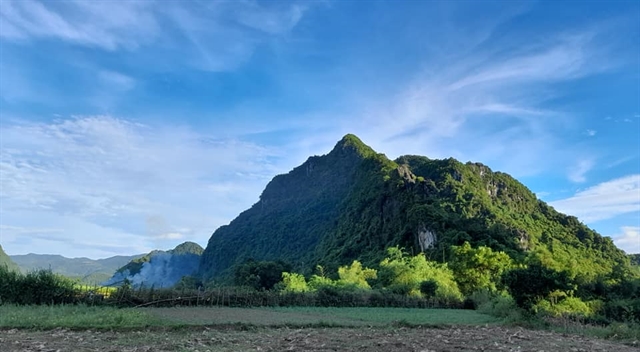 Environment
Environment

The central province of Quang Binh has approved the establishment of a strict protection zone on 710ha of special-use forest area to protect 22 Hatinh langur herds in Đồng Hóa Commune of Tuyên Hóa District.

|
| A Hatinh langur is released to a forest area in central Việt Nam. Quảng Bình Province allocated a 710ha forest area as a strict protection site for the primates. Photo courtesy of Bùi Văn Tuấn |
QUẢNG BÌNH — The central province of Quang Binh has approved the establishment of a strict protection zone on 710ha of special-use forest area to protect 22 Hatinh langur herds in Đồng Hóa Commune of Tuyên Hóa District.
The province said all rock mining and mineral exploitation activities will be banned in the area and surrounding communes to ensure a safe habitat for the endangered primates.
The provincial rangers sub-department said at least 22 endangered langur herds with a total population of 156 have been found living in 509ha of primary limestone forest of Sơn Hóa, Thạnh Hóa, Đồng Hóa and Thuận Hóa communes since 2015. Thạnh Hóa Commune is home to the largest population with 12 herds and 91 individuals.
The urgent action plan on the protection of the endangered primates will help conserve the langurs and promote awareness among the community to conserve their natural habitat and the forest.
International biologists, conservationists and wildlife photographers have visited the site to take photos of the primates and nature.
According to Nguyễn Thanh Tú, 59, a retired border guard soldier, he and local communities in the area have voluntarily protected the Hatinh langurs in Đồng Hoá Commune over the past decades.

|
| A mountain is seen in a strict protection zone of the Hatinh langur population in Tuyên Hóa District of Quảng Binh Province. Photo courtesy of Nguyễn Thanh Tú |
The Hatinh langur, which is listed as an endangered species by the International Union of Conservation of Nature (on the IUCN Red List of Threatened Species), lives only in central Việt Nam and eastern Laos.
The largest population is in Quảng Bình Province, and a small group lives in neighbouring Quảng Trị Province.
A herd of five Hatinh langurs, which was found in a primary forest of Hướng Lập Commune of Hướng Hóa District in Quảng Trị, was reported to have had conflicts with local residents in 2020. The district rangers have been trying to move the endangered herd back to the forest since early May. VNS




